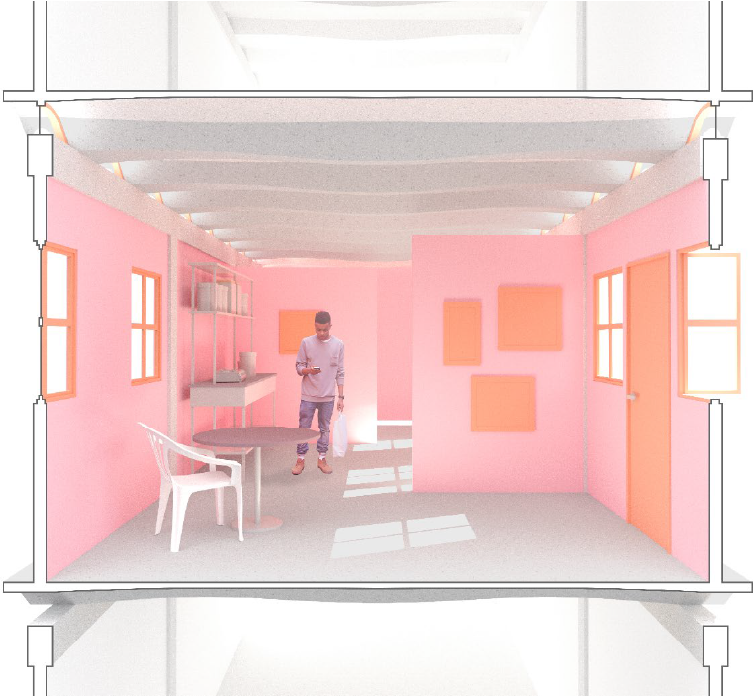Principal Investigator:
Caitlin Mueller, Associate Professor, MIT
Location:
Middle East and North Africa (MENA)
In the Middle East and North Africa (MENA) region, reinforced concrete construction is typically being deployed to address this issue. However, conventional construction methods with this material are heavy and highly materially intensive, driving up costs, resource consumption, and carbon emissions. With emerging digital tools for optimized structural design, and new methods of advanced manufacturing and automated, roboticized construction, a novel housing typology that allocates reinforced concrete as a structural material in intelligent, lightweight configurations is possible.
The result is a substantial reduction in material consumption, cost, embodied energy and carbon emissions, seismic loads, foundation systems, and construction complexity. For example, previous and ongoing work by PI Mueller and her research group in India have shown that structurally shaped one-way floor systems can reduce their mass by 50% and embodied energy by 60%-70% compared to a flat slab with the same load capacity. The goal of this proposed work is to apply and extend these design and construction methods to the MENA housing sector, in collaboration with Sidara and other local partners.
The specific new direction of the work seeking seed funding from this grant looks at large-scale 3D printing processes and other novel fabrication techniques to produce low-cost but highly customized inserts for concrete formwork. Made from cost-efficient and circular materials, these reusable inserts will allow for a modular, structurally optimized construction logic to be materialized at scale for minimal complexity over existing construction methods, and ideally reduced cost. Alongside this new set of fabrication strategies, the project will develop a new design tool to be used by housing developers, designers, and occupants in the MENA region, harnessing the power of virtual reality to visualize these sculpted concrete housing systems in immersive three-dimensional environments. This will allow for human input in the structural optimization process, resulting in designs that are materially efficient but also responsive to the holistic needs of their users.
Principal Investigator:
Caitlin Mueller, Associate Professor, MIT
Location:
Middle East and North Africa (MENA)
